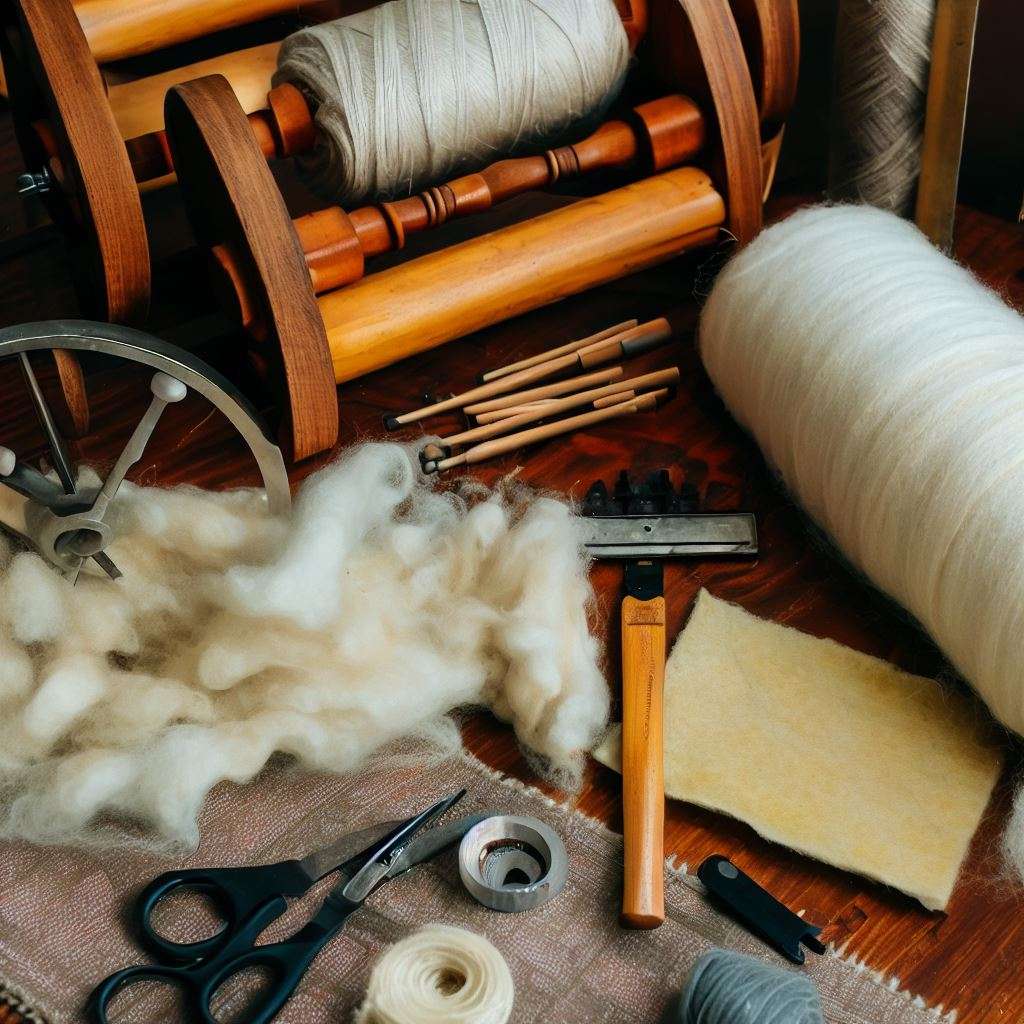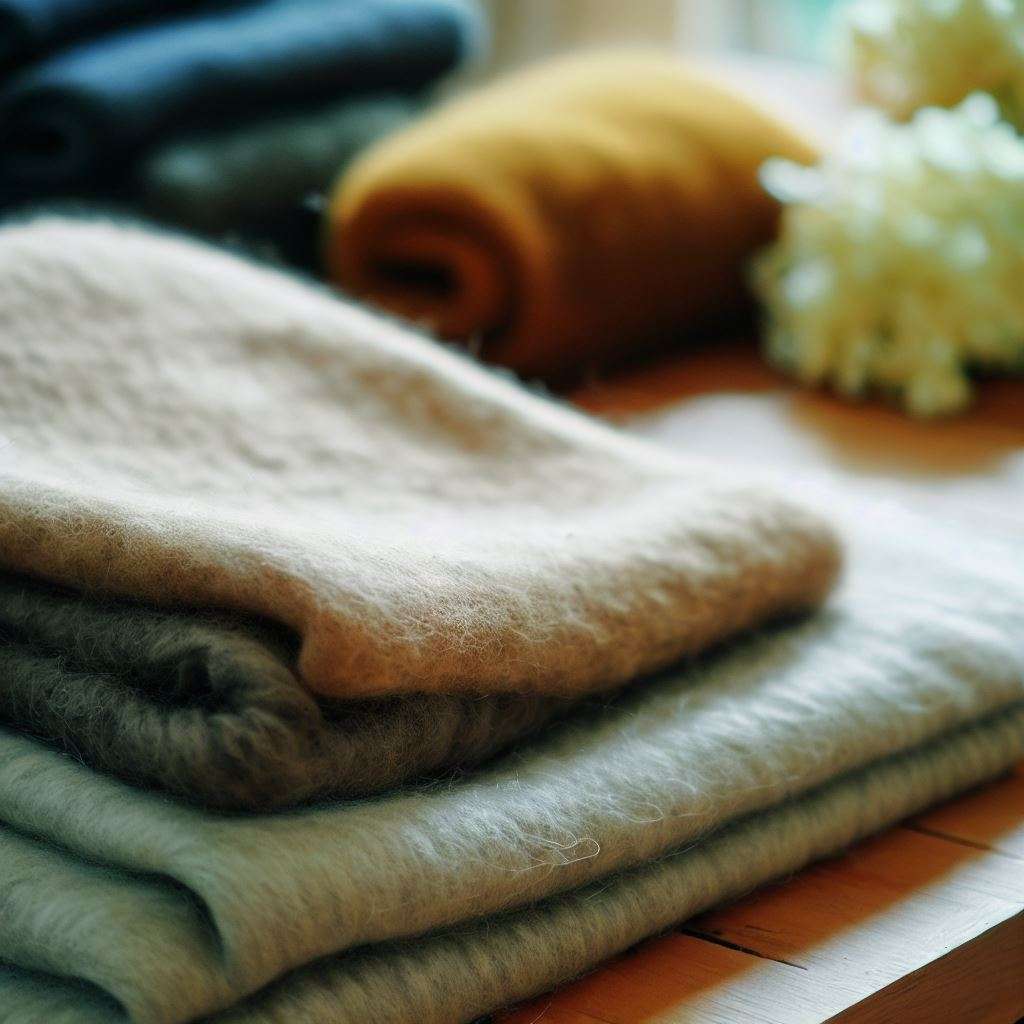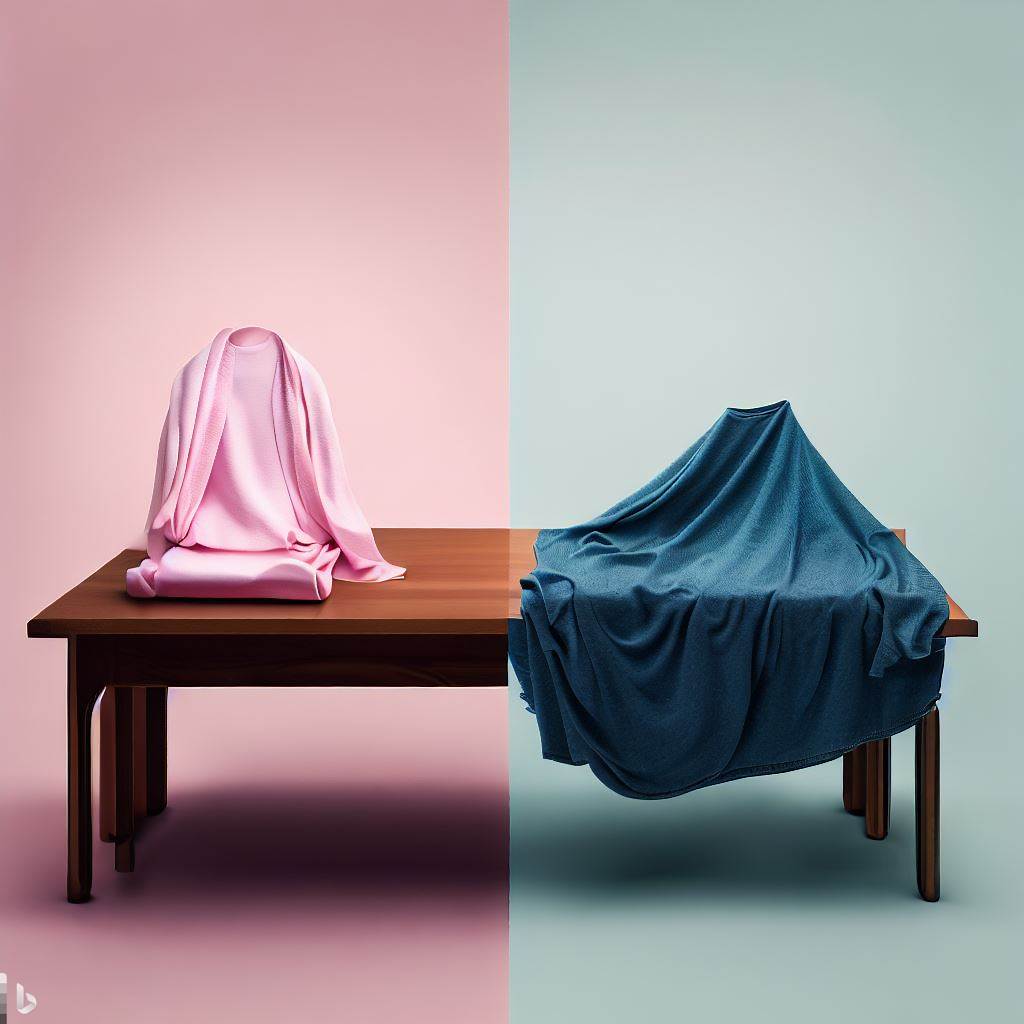Table of Contents
How to Make Wool Cloth: A Step-by-Step Guide
If you’re interested in learning how to make wool cloth from scratch, you’re in the right place. Wool cloth has been a staple textile for centuries due to its durability, warmth, and versatility. In this comprehensive guide, we’ll walk you through the process of making wool cloth, from sourcing the raw material to the final product. Whether you’re a seasoned crafter or a curious beginner, this article will provide you with the knowledge you need to create your own woolen fabric.
Creating wool cloth is a fascinating process that involves transforming raw wool fibers into a functional and aesthetically pleasing fabric. This craft has evolved over the years, but the basic principles remain the same. Before you begin, gather all the necessary materials to ensure a smooth crafting experience.
Materials You’ll Need
- Raw wool
- Carding brushes
- Spinning wheel
- Loom
- Weaving tools
- Dyes (if you choose to dye the wool)
- Scissors
- Measuring tape

Preparing the Raw Wool
Start by sourcing high-quality raw wool from reputable suppliers. Ensure the wool is free from debris and excess dirt. Gently shake or comb the wool to remove any loose particles.
Washing and Cleaning the Wool
Thoroughly wash the raw wool to eliminate natural oils, dirt, and impurities. Use lukewarm water and a mild detergent. Thoroughly rinse the wool until the water becomes transparent. Avoid agitating or wringing the wool to prevent felting.
Carding the Wool Fibers
Carding is the process of aligning and blending wool fibers to prepare them for spinning. Use carding brushes to create a smooth and consistent fiber blend. This step improves the texture and quality of the final fabric.
Spinning the Wool
Spinning transforms carded wool into yarn, adding strength and structure to the fibers. Using a spinning wheel, draft the fibers and twist them into yarn. Adjust the tension on the wheel to achieve the desired thickness and twist.
Dyeing the Wool (Optional)
If you want to add color to your wool cloth, dyeing is an exciting option. Choose natural or synthetic dyes based on your preferences. Follow dyeing instructions carefully to achieve consistent and vibrant results.
Setting Up the Loom
Looms are used to weave yarn into cloth. Arrange your loom in accordance with the guidance provided by the manufacturer. Attach the warp threads vertically and evenly spaced. This forms the foundation for your cloth.
Weaving the Wool
With the loom prepared, start weaving the wool. Pass the weft yarn (horizontal threads) over and under the warp threads. Use a shuttle to create a tight weave. Beat each weft row down firmly to eliminate gaps.

Finishing Touches
Once you’ve woven the desired length of cloth, carefully remove it from the loom. Secure the edges by hemming or using a serger. Trim any loose threads and press the fabric with a gentle iron to smooth out wrinkles.
Conclusion
Congratulations! You’ve successfully created your own wool cloth from scratch. The process of sourcing, cleaning, carding, spinning, and weaving is a rewarding journey that results in a beautiful and functional fabric. Whether you plan to use your wool cloth for clothing, home decor, or crafts, the skills you’ve learned will serve you well on future creative endeavors.
FAQ
Q1: Can I use different types of wool for cloth-making? A1: Yes, various types of wool, such as merino, alpaca, and cashmere, can be used to create unique and diverse fabrics.
Q2: Is dyeing wool a difficult process? A2: Dyeing wool can be simple with the right instructions and precautions. Start with small projects to gain confidence.
Q3: How long does it take to weave a piece of wool cloth? A3: The weaving process duration depends on the size of the fabric and your weaving speed. It can range from a few hours to several days.
Q4: Can I use a hand spindle for spinning instead of a spinning wheel? A4: Absolutely! Hand spindles are a portable and traditional alternative for spinning wool into yarn.
Remember, practice makes perfect when it comes to crafting wool cloth. Experiment with different techniques, colors, and patterns to create truly one-of-a-kind fabrics that reflect your personal style and creativity. Happy crafting!


